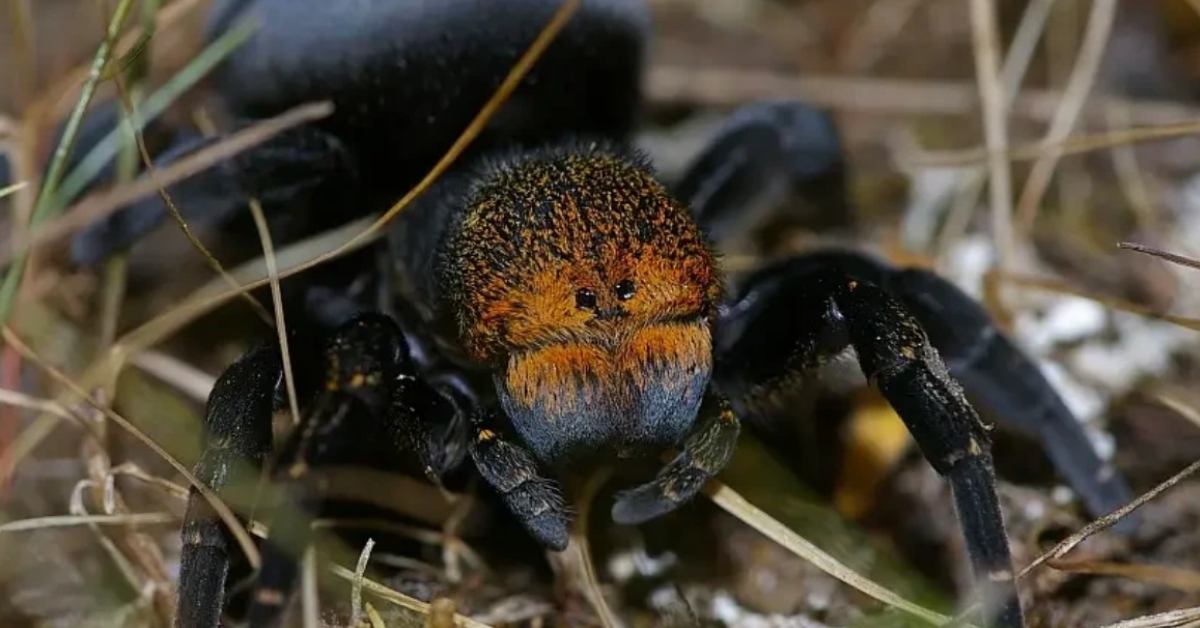Today, Maryland’s Chesapeake Bay is home to the highest concentration of bald eagles in the contiguous United States (but not the entirety of the U.S. — that honor belongs to Alaska, which hosts nearly half of the world’s 70,000 bald eagles).
According to regional experts, this momentous milestone has been a long time coming.
Back in 1985, bald eagle biologist Glenn Therres began counting nests for the Maryland Department of Natural Resources. From the window of a four-seater plane, Therres peered down at the Chesapeake Bay — the largest estuary in the country with a shoreline of 11,684 miles — and took stock of breeding pairs from 200 feet above.
“It took a strong stomach and inner ear because we were flying donuts around the nests,” Therres, now retired, told the Maryland DNR in early July.
“The biologists would rely on their eyesight to see the nests — binoculars in the small moving plane would only increase the chances of making yourself sick,” he noted. “Luckily, the nests were large, and the planes had high wings to increase visibility. The pilot was always someone skilled in flying low.”
If a bald eagle nest appeared active, Therres would return a few months later to count nestlings as they approached their juvenile height and weight.
“[They were] a little easier to see than when they’re a puffball the size of a grapefruit in a nest,” Therres reasoned.
Therres’ job began only seven years after bald eagles were listed as endangered under the Endangered Species Act. Their population had rapidly declined in the early 1970s due to illegal shootings, habitat loss, and widespread pesticide use.
In his first year on the job, Therres only spotted 62 breeding pairs. By 1990, he and his colleagues counted 123. By 2004, Therres and the larger DNR had found 390 breeding pairs of bald eagles in the state of Maryland.

“Every year we would find additional nests and map the new locations,” Therres said.
“In the early days, we flew three days, then another three [for the young eagles],” he said. “By the end, we were flying nine or 10 days each survey period just to cover all the nests.”
In 2004, the species had well surpassed its recovery goals in the Chesapeake Bay, and Therres ended the department’s survey. It was a sign of a larger conservation trend across the country, and on June 28, 2007, bald eagles were officially removed from the Endangered Species List.
Although Therres’ survey was discontinued, local conservation efforts rallied on. For the last two decades, the Maryland Bird Conservation Partnership (MBCP) has coordinated a nest monitoring program for bald eagles in the state.
Through the program, volunteers submit nest locations and act as on-site monitors, providing the department with critical data on the species’ local population increase.
“MBCP’s Bald Eagle Nest Monitoring Program is a great example of how anyone can help make sure eagles remain a common sight in Maryland,” said Gabriel Foley, executive director of the partnership.
“The data our nest monitors provide help us understand nest success, population trends, and any potential threats to eagles. This information helps ensure effective conservation efforts.”
Today, the MBCP estimates that there are over 1,400 breeding pairs in Maryland — meaning that the population size has grown by over 250% in the last two decades alone.
“To recover a species that is so widely distributed and that declined to such a serious level — that is something to celebrate,” said Gwen Brewer, a DNR science program manager.
Chicks born this past April during the latest “baby boom” are now juvenile fledglings — many of which are leaving, or have left, their nests to fly north for the summer.

This winter, when cold winds drive the northern populations back down to Maryland, the slightly warmer waters of the Chesapeake Bay will welcome them home.
Dave Brinker, a DNR conservation ecologist, hopes that broader conservation efforts can take a note or two from the statewide playbook used to save bald eagles.
“Bald eagles are a very good example of what happens when you find the solutions and take action, and now you can look at how they’ve come back,” Brinker told the DNR. “If we could do the same thing with something like climate change, we could start to see changes. But we’re in denial.”
He pauses, then offers a counter to his point: “We were in denial about eagles for a long time.”
And that pivot towards acceptance and change gives Brinker hope.
Header image via Murray Foubister / Wikimedia Commons (CC BY-SA 2.0)



